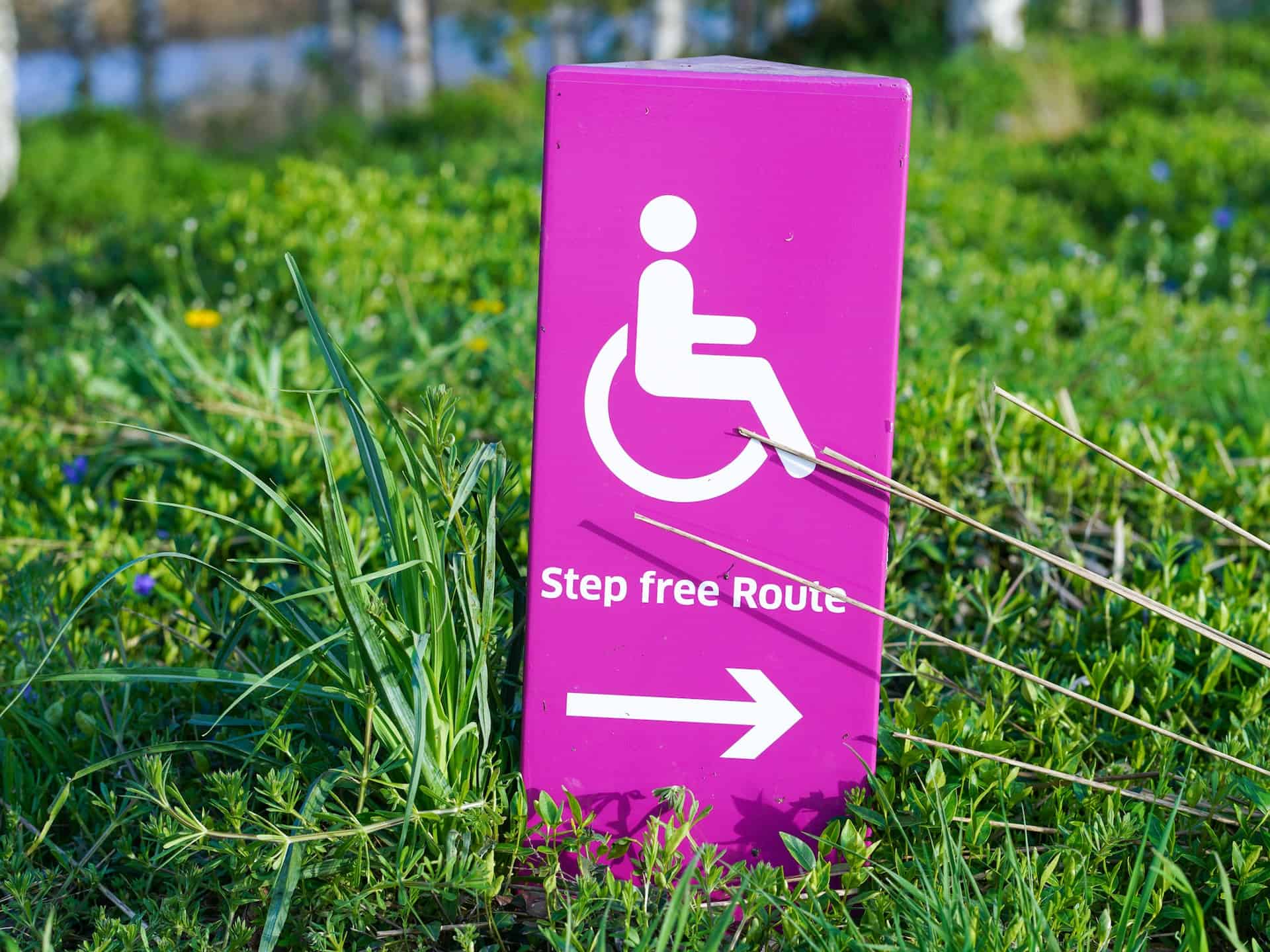In today’s society, accessibility and inclusivity are paramount. Ensuring that individuals with disabilities have equal access to public spaces, services, and employment opportunities is not only a legal requirement but also a moral obligation. The Americans with Disabilities Act (ADA) was enacted in 1990 to protect the rights of individuals with disabilities and to establish guidelines for ADA compliance. In this blog post, we will delve into the requirements for ADA compliance, the entities covered by the ADA, the consequences of non-compliance, steps to achieve ADA compliance, and available resources and support.
Overview of the Americans with Disabilities Act (ADA)
The ADA is a federal law that prohibits discrimination against individuals with disabilities. It applies to employers, businesses and commercial establishments, state and local governments, public accommodations, and transportation services. The ADA has several key provisions, including Title I, which addresses employment; Title II, which covers state and local government services; and Title III, which pertains to public accommodations.
Understanding ADA Compliance Requirements
ADA compliance entails meeting specific requirements to ensure accessibility for individuals with disabilities. These requirements can be broadly categorized into physical accessibility, communication accessibility, and reasonable accommodations.
Physical Accessibility
Understanding and implementing physical accessibility is a vital component of ADA compliance. Physical accessibility refers to creating an environment that allows individuals with disabilities to navigate spaces, facilities, and services independently and safely. The requirements for physical accessibility under the Americans with Disabilities Act (ADA) involve various aspects, including accessible entrances and exits, door widths, ramps or lifts, clearances and pathways, parking spaces, and accessible restroom facilities. These requirements aim to ensure that individuals with mobility impairments, such as those using wheelchairs or walkers, can enter and move around buildings and facilities without barriers. Additionally, it is important to consider elements like signage, lighting, and tactile indicators to enhance accessibility for individuals with visual impairments.
Communication Accessibility
Communication accessibility is a crucial aspect of ADA compliance, ensuring effective communication for individuals with disabilities. To navigate the complexities of communication accessibility, it is advisable to seek guidance from ADA experts. ADA experts from https://adacompliancepros.com/ recommend finding a partner that offers comprehensive solutions for ADA compliance, including manual audits, testing, checklists, and consultation services. Their expertise can help businesses and organizations understand and implement the requirements and standards for communication accessibility, particularly access to information and services provided on the Internet. By leveraging the knowledge and assistance provided by ADA experts, companies can ensure that they are effectively communicating with individuals with disabilities, utilizing auxiliary aids and services, and meeting the necessary guidelines for ADA compliance.
Reasonable Accommodations
When it comes to ADA compliance, reasonable accommodations play a crucial role in ensuring equal access and opportunities for individuals with disabilities. The Americans with Disabilities Act (ADA) requires employers and businesses to provide reasonable accommodations to employees and customers with disabilities. These accommodations are modifications or adjustments that enable individuals to perform their job duties or access goods, services, and facilities. The requirements for reasonable accommodations include considering the individual’s needs, engaging in an interactive process to identify appropriate accommodations, and implementing them in a timely manner. However, there are limits to reasonable accommodations based on undue hardship or significant difficulty or expense for the employer. It is essential for employers and businesses to familiarize themselves with the specific requirements and guidelines outlined by the ADA to ensure compliance and create an inclusive environment for all.
Entities Covered by ADA Compliance
The ADA covers various entities to ensure equal access and nondiscrimination for individuals with disabilities. These entities include:
- Businesses and commercial establishments: This includes private businesses such as restaurants, retail stores, hotels, and entertainment venues.
- State and local governments: The ADA applies to state and local government services, including public transportation, parks and recreation facilities, and government offices.
- Public accommodations: Public accommodations encompass a wide range of entities, including schools, hospitals, libraries, museums, and places of worship.
- Employment organizations: Employers with 15 or more employees must comply with ADA requirements, including providing reasonable accommodations for employees with disabilities.
- Transportation services: Public transportation, including buses, trains, and airports, must be accessible to individuals with disabilities.
Consequences of Non-Compliance
Non-compliance with ADA requirements can have severe consequences for businesses and organizations. The consequences of non-compliance include legal penalties, fines, reputational damage, and potential lawsuits. According to various sources, organizations can be fined up to $75,000 for a single ADA violation, and the fine can increase to $150,000 for additional violations. Non-compliance with ADA guidelines, particularly in terms of website accessibility, can lead to lawsuits, legal expenses, damages, and remedies. Local governments and entities also face financial implications for digital ADA non-compliance, with fines reaching up to $75,000. It is important for businesses to understand and adhere to ADA compliance requirements to avoid these consequences and create inclusive environments for individuals with disabilities.
Steps to Achieve ADA Compliance

Achieving ADA compliance requires a proactive approach and a commitment to inclusivity. Here are some steps that businesses and organizations can take:
- Educate staff and stakeholders: Ensure that employees, management, and key stakeholders understand the ADA requirements and the importance of accessibility and inclusivity.
- Conduct an accessibility audit: Assess your physical premises, websites, and communication practices to identify any barriers to accessibility. This can involve hiring an accessibility consultant or using online accessibility tools.
- Develop an accessibility plan: Create a plan that outlines the necessary modifications and accommodations to achieve ADA compliance. Prioritize actions based on urgency and available resources.
- Train staff on accessibility: Provide training to employees on how to effectively communicate with individuals with disabilities and how to make reasonable accommodations.
- Make physical modifications: Implement necessary physical modifications to ensure accessible entrances, exits, restrooms, walkways, and other facilities. This may involve installing ramps, widening doorways, or adding grab bars.
- Improve communication accessibility: Enhance communication accessibility by providing auxiliary aids and services, such as sign language interpreters, captioning services, or braille signage.
- Ensure website accessibility: Work with web developers to make your website accessible to individuals with disabilities. This includes optimizing for screen readers, providing alt text for images, and ensuring keyboard navigation options.
- Engage in the interactive process: When employees or individuals request reasonable accommodations, engage in an interactive process to determine appropriate accommodations and implement them in a timely manner.
Remember, achieving ADA compliance is not just a legal requirement; it is a way to create an inclusive society that values and respects the rights of individuals with disabilities. By taking proactive steps to ensure accessibility, businesses, and organizations can foster inclusivity and tap into a larger customer base while fulfilling their moral duty.
